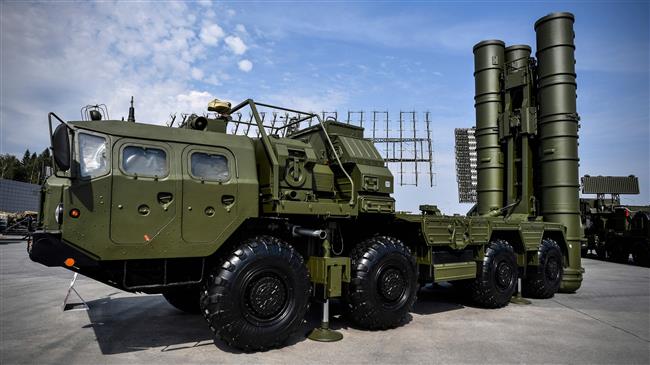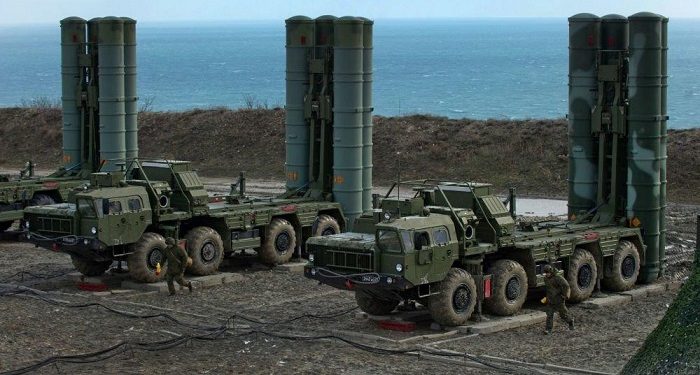In May 2025, amid escalating tensions and a full-blown conflict with Pakistan, India deployed the S-400 to intercept incoming aerial threats. Pakistani drones and missiles targeted key military zones like Jammu, Pathankot, Amritsar, and several cities in the west. The S-400’s precision and speed neutralised these threats before impact, safeguarding both military and civilian infrastructure.
This marked India’s first combat use of the S-400 — a game-changer in the subcontinent’s defence landscape.
What is S-400 missile system?
The S-400 Triumf, also dubbed ‘Sudarshan Chakra’ by India, is one of the world’s most advanced long-range surface-to-air missile (SAM) systems. Developed by Russia’s Almaz Central Design Bureau, it’s designed to counter aircraft, cruise missiles, ballistic missiles, and even stealth targets — up to a range of 400 km. The system’s origin dates back to the late 1980s as an upgrade to the Soviet-era S-200 and S-300.
Also Read: India used S-400, Barak-8, Akash to foil Pakistan offensive
Operation Sindoor: Combat debut
Following a deadly terror strike in Pahalgam, India launched a retaliatory operation targeting terrorist camps across the border. In response, Pakistan attempted a coordinated missile and drone attack on 15 Indian cities.
India’s S-400 units responded decisively, shooting down all incoming threats, thus:
Preventing casualties and infrastructure loss
Maintaining control of the airspace
Allowing Indian offensive strikes to continue uninterrupted

How does S-400 work?
The system uses sophisticated radars, networked launchers, and a mix of four missile types to create a layered defence shield. Depending on the target, it can deploy:
9M96E/9M96E2 missiles for medium-range threats (up to 120 km)
48N6E3 missiles for high-speed aircraft (up to 250 km)
40N6E missiles for long-range threats (up to 400 km)
The system’s radar suite can track up to 300 targets simultaneously and engage 36 at once, including stealth aircraft and ballistic missiles.
What makes S-400 unique?
Speed: Missiles fly at speeds up to 17,000km per hour (Mach 14)
Altitude: Can intercept from as low as 10 metres to as high as 30km
Mobility: Mounted on trucks, the system can deploy in 5-10 minutes
Resilience: It is designed to resist electronic warfare and jamming
Integration: Seamlessly works with systems like S-300, Pantsir and Tor
Also Read: 32 airports shut for civilian flight operations till May 15: DGCA
India’s deal and deployment
In October 2018, India signed a $5.4 billion deal with Russia for five S-400 units, making it one of the largest defence acquisitions in its history. Despite geopolitical pressures, including potential US sanctions, India went ahead, citing national security interests.
By 2024, at least three systems were delivered and integrated into India’s air defence network. The 2025 deployment during Operation Sindoor confirmed their operational readiness.
What’s next for India’s air defence?
The S-400 is now seen as a cornerstone of India’s multi-layered air defence strategy. Alongside indigenous systems like Akash and future imports like S-500, India is building a robust shield against evolving aerial threats.
PNN






































